
Culture
08:11, 07-Sep-2017
White Dew: Eat, pray and enjoy in a poetic season
By Ai Yan
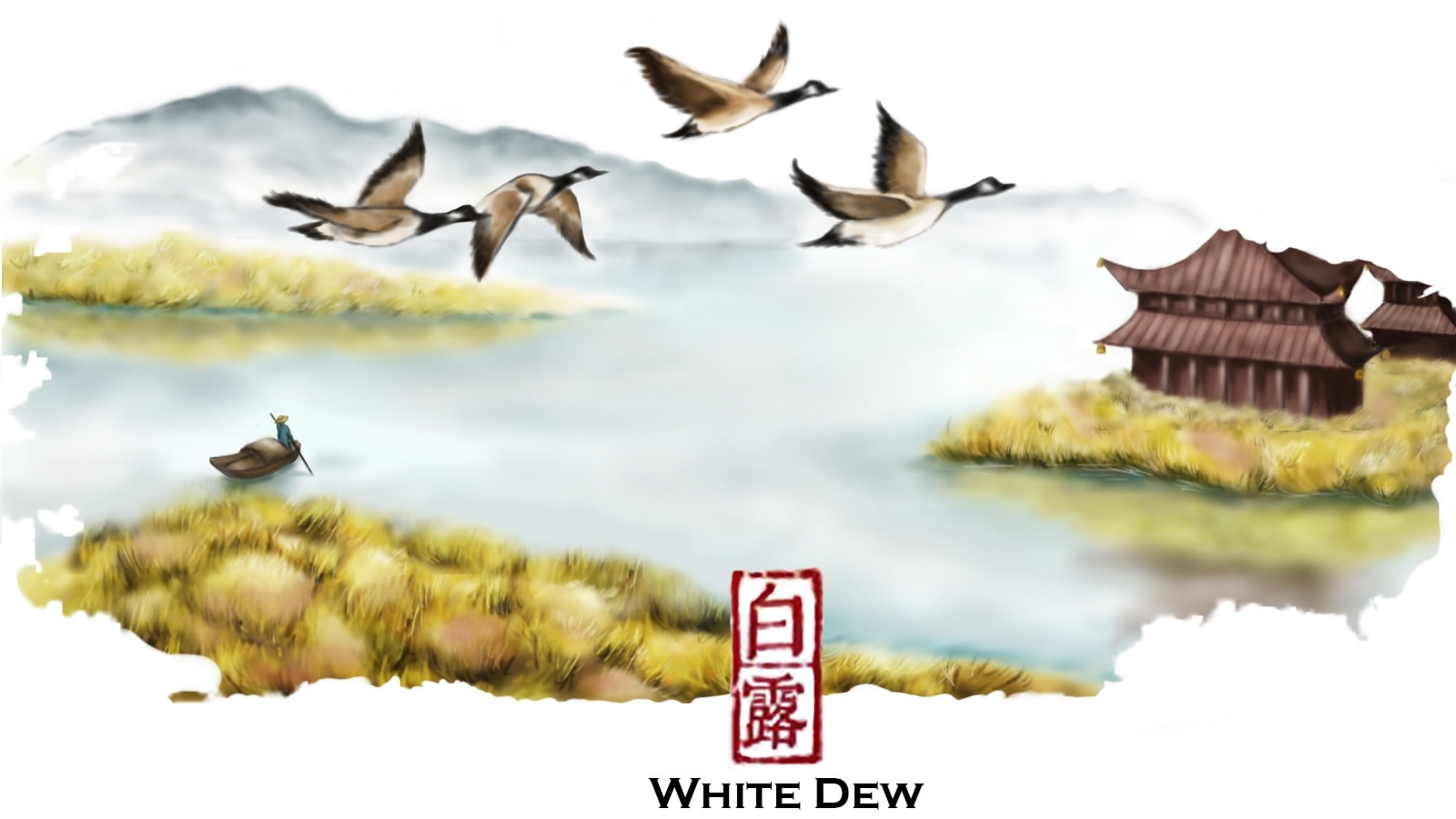
Thursday is Bai Lu, or White Dew, the third solar term in the autumn and the 15th of the 24 solar terms which have instructed the Chinese agricultural activities since the ancient times.
It has one of the most poetic names, “White Dew”, coming from the dew that could always be found hanging on the tree leaves and grass blades in the early morning during this period of time, as the weather cools down.

CGTN Photo
CGTN Photo
The Chinese ancestors believed that the autumn is marked by the color of white, hence the name. The dazzling dew in the morning sunshine also made it more persuasive.
The period of time is marked by a sharp drop in the temperature, and the gap between daytime and night could be over 10 degrees Celsius. Many ancient Chinese sayings and mottos warn the people to add a piece of clothing in case of catching a cold.
What “White Dew” tells about weather and crops?
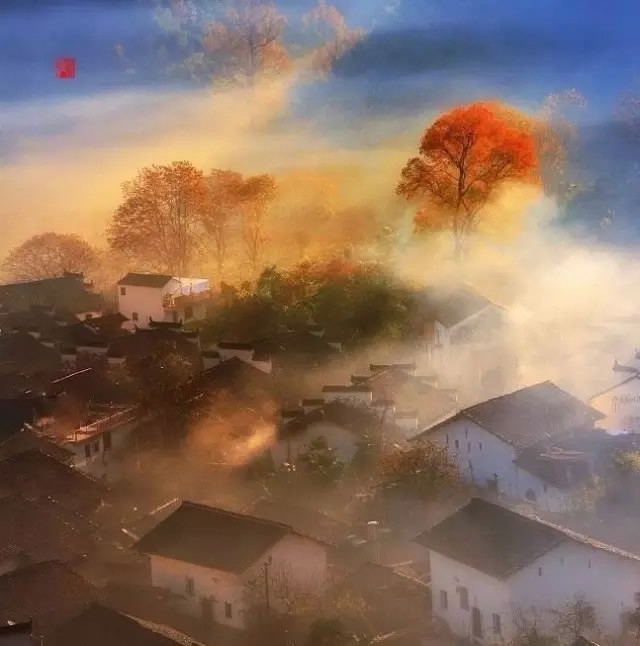
A village bathing in the sunshine on an autumn morning. /CCTV Photo
A village bathing in the sunshine on an autumn morning. /CCTV Photo
Since cold air has been gaining forces and moving southward during the White Dew, its tit-for-tat confrontation with the warm current is frequently seen. Thus rainy days are usually frequently seen in the south. Farmers in southeast China would also have to prevent hazardous floods brought by hurricanes and storms frequenting the area during the time.
In the north, however, it is a completely different picture. The azure sky tinged with pieces of clouds, as well as the sunset glows are the best decoration of the autumn. Many northern cities are well known for their awesome scenery in the autumn, including the Chinese capital Beijing.
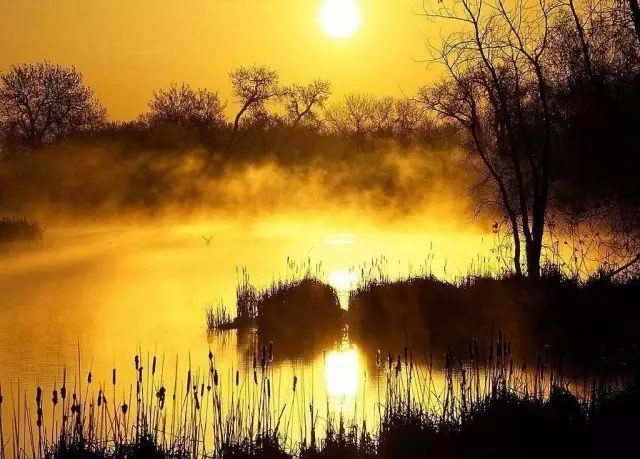
Sunset. /CCTV Photo
Sunset. /CCTV Photo
So for those looking forward to a journey in the northern part of China, autumn is no doubt the most recommendable season.
But farmers are advised to get prepared for possible drought, and forestry staff will have to keep an extra watch on the wildfire, which is also one of the most frequent disasters during this period of time.
Eat and pray: Traditions and rituals

CGTN Photo
CGTN Photo
Autumn is always the best season for enjoying the delicious food. Even the animals would start to seek a warmer shelter and store food for the upcoming winter.
In Nanjing city, east China's Jiangsu Province, people value very much of the alternation of the solar terms and therefore have formed a special tradition of their own. Most tea enthusiasts in ancient Nanjing, which was once the capital for six dynasties and enjoys rich history and culture, the White Dew Tea is their most preferable during this time.
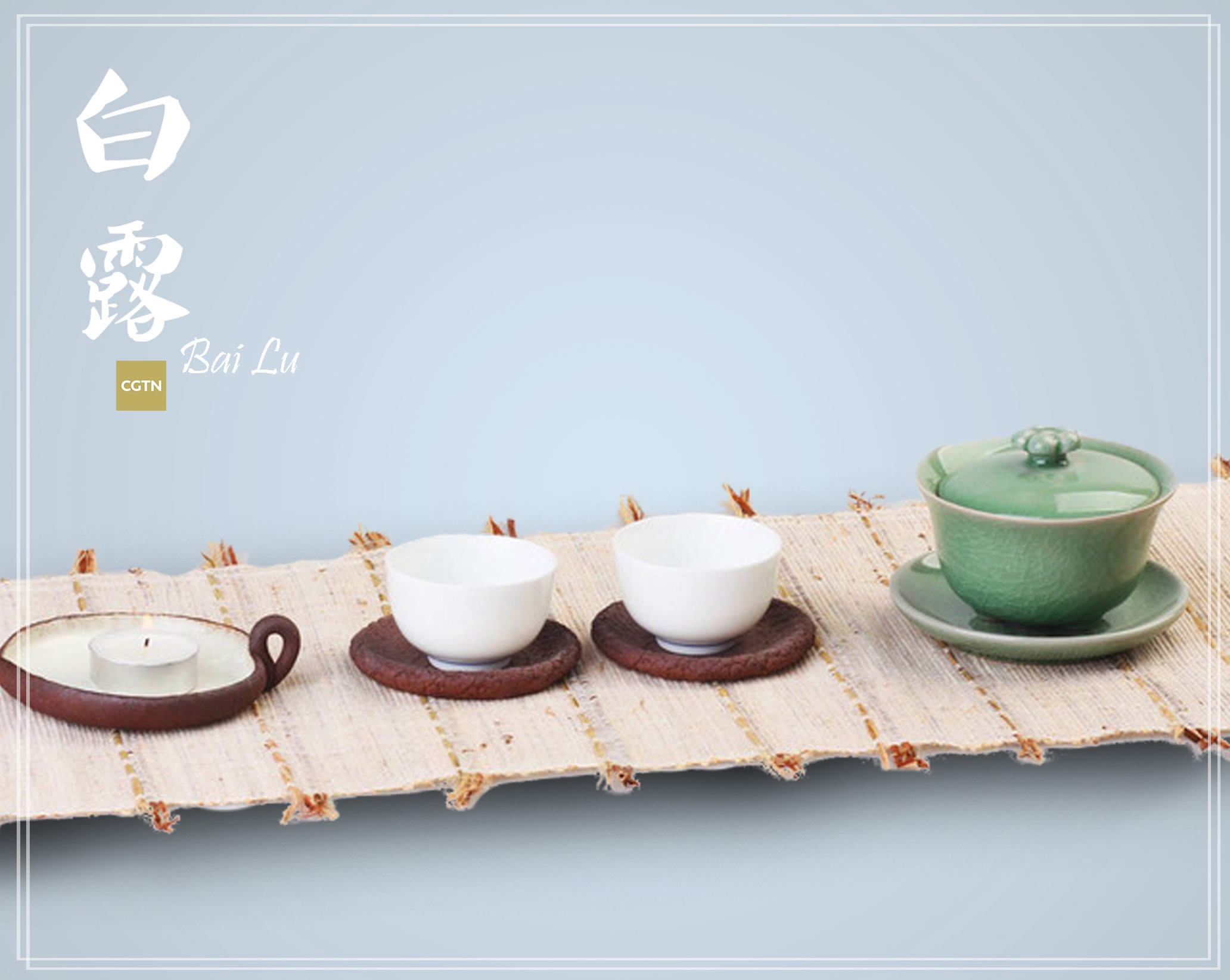
CGTN Photo
CGTN Photo
Neither so delicate as the spring tea nor too heavy as the summer tea, the White Dew Tea is said to have a special mellow flavor, which makes it one of the best gifts for friends and relatives.
The rice wine is the favorite beverage for east China’s provinces of Jiangsu and Zhejiang. Brewed from various kinds of crops including sticky rice and broomcorn, it is tasted sweet and savory and is, therefore, a perfect drink to host the guests for every family.
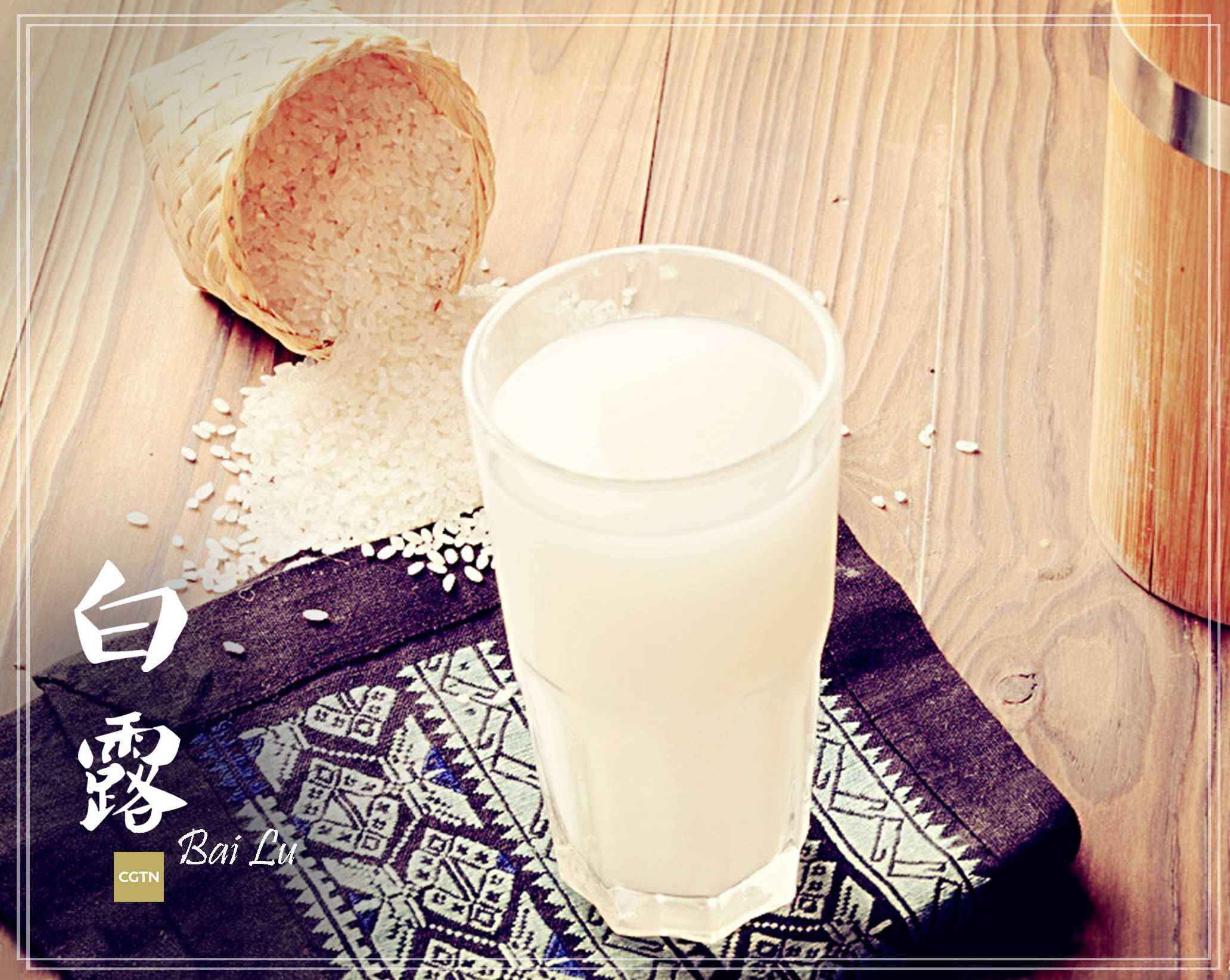
CGTN Photo
CGTN Photo
In southeast China’s Fujian Province, people like to eat longan, a fruit which ensembles the shape and color of dew.
Besides, as the osmanthus starting to bloom and the night becomes cool and clear, it is always an enjoyable entertainment to look up while getting emerged in the sweet scent of the flowers.
The most widely known rituals to mark the period of time is “Ji Yu Wang” or paying tribute to Yu the Great (2200 – 2101 B.C.), a legendary ruler and hero in ancient China who successfully brought the flood of the Yellow River under control.
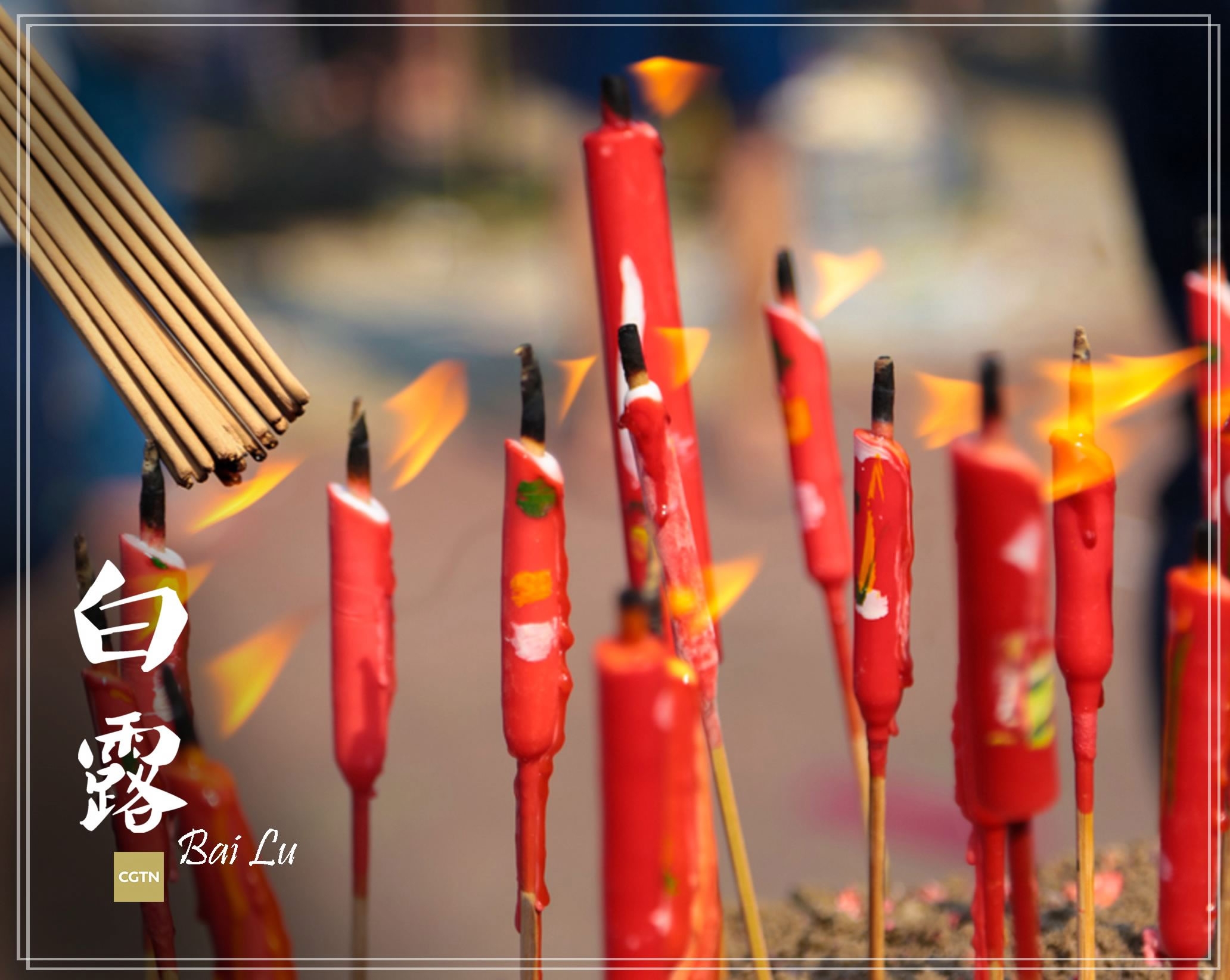
CGTN Photo
CGTN Photo
The tradition is still observed at Taihu Lake every year, with locals offering fruits and desserts and praying for prosperity and harvest.
To sum up, the poetic solar term did receive its due respect from the ancient Chinese poets. One of the most widely known pieces was from the “Books of Songs”, the oldest existing collection of Chinese poetry. Why not take a sip of the poetic autumn!
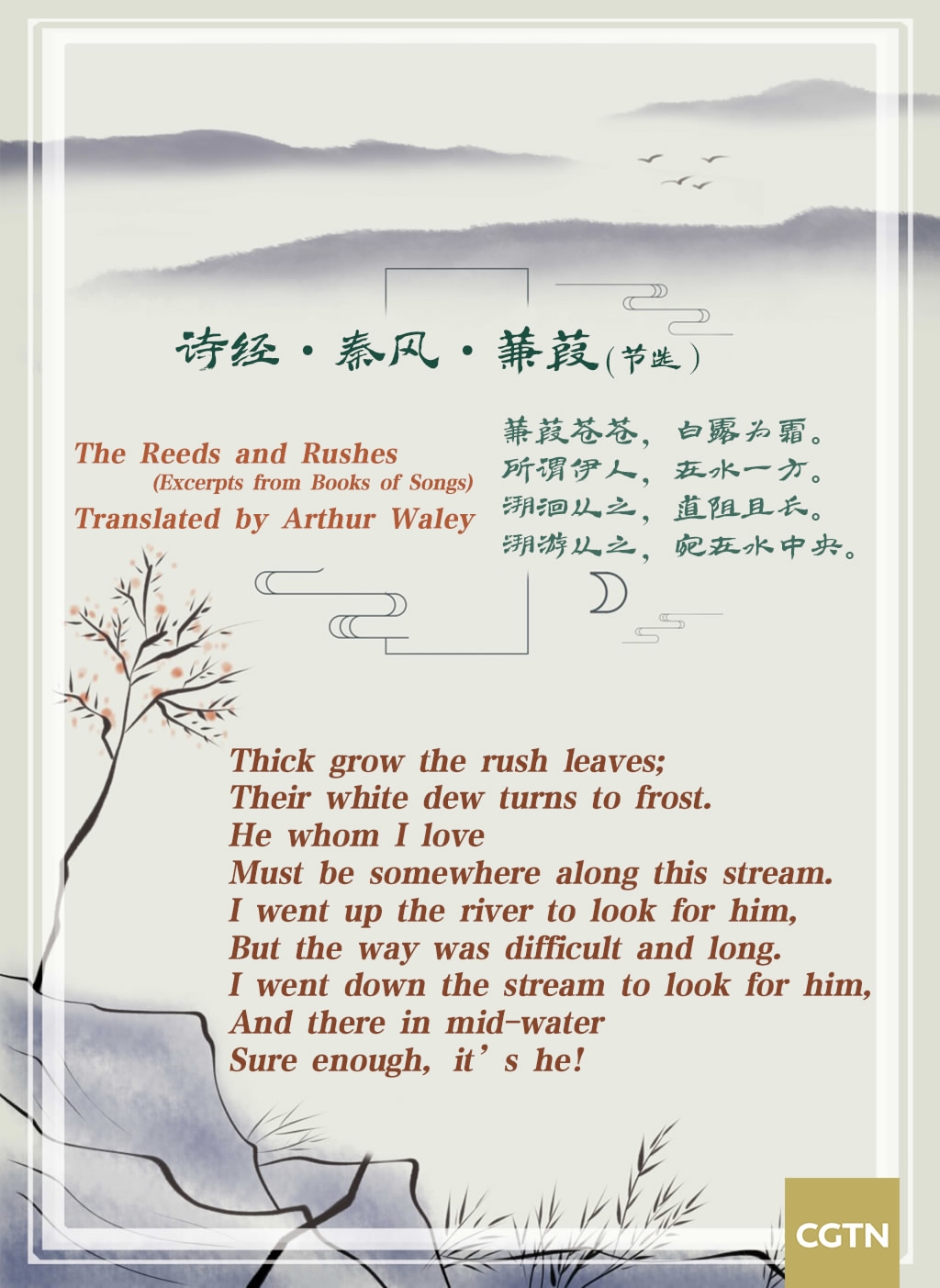
CGTN Photo
CGTN Photo
5km

SITEMAP
Copyright © 2018 CGTN. Beijing ICP prepared NO.16065310-3
Copyright © 2018 CGTN. Beijing ICP prepared NO.16065310-3